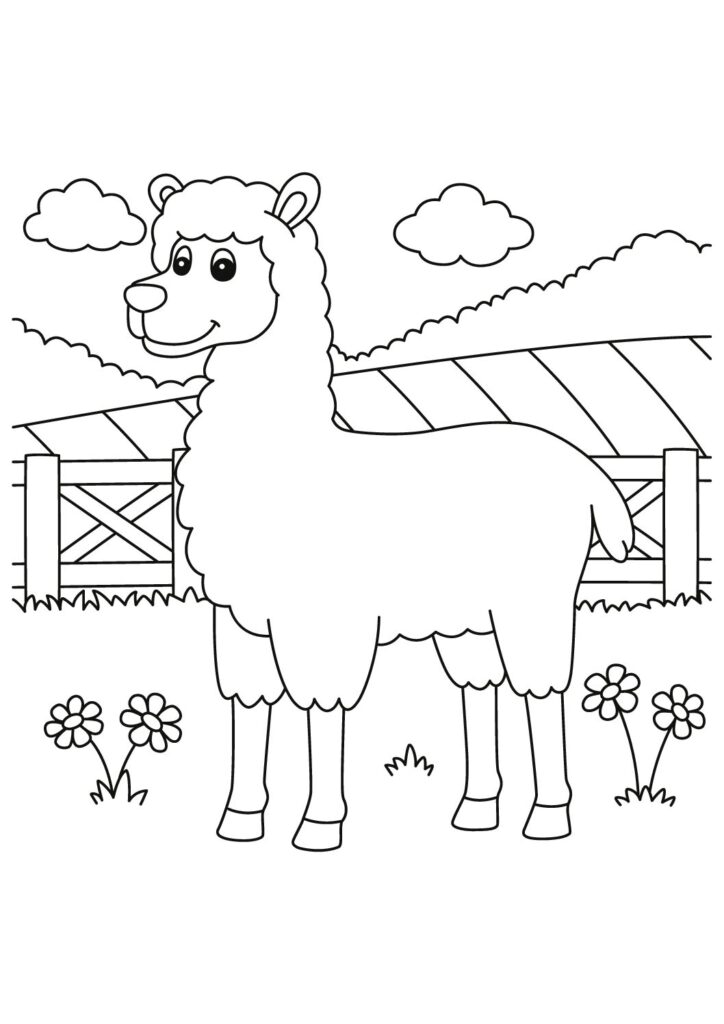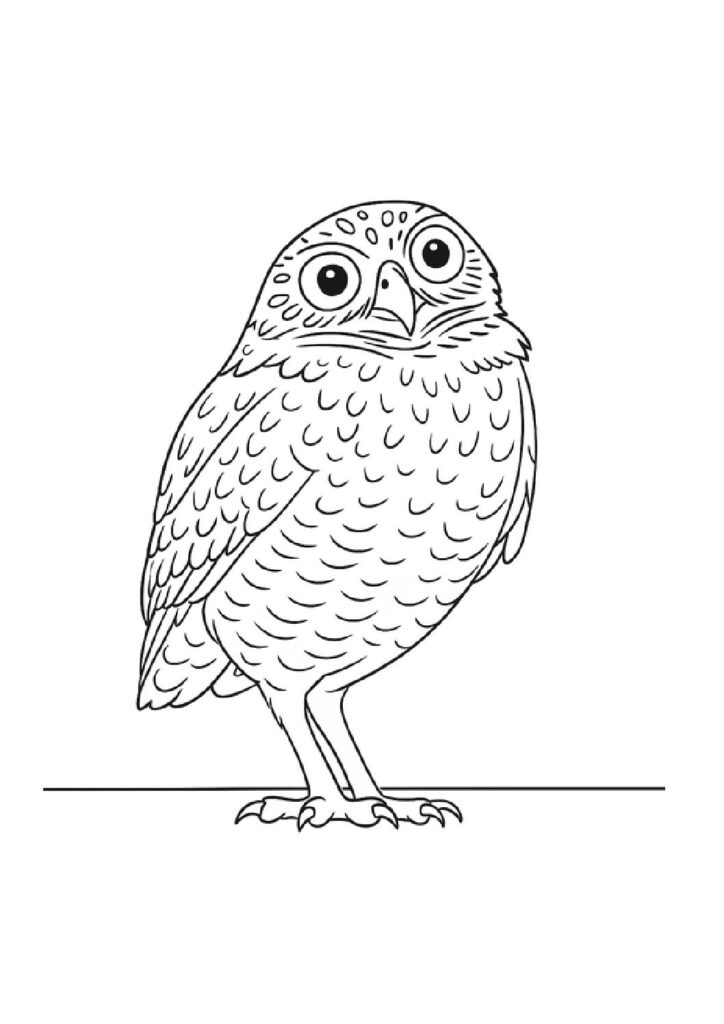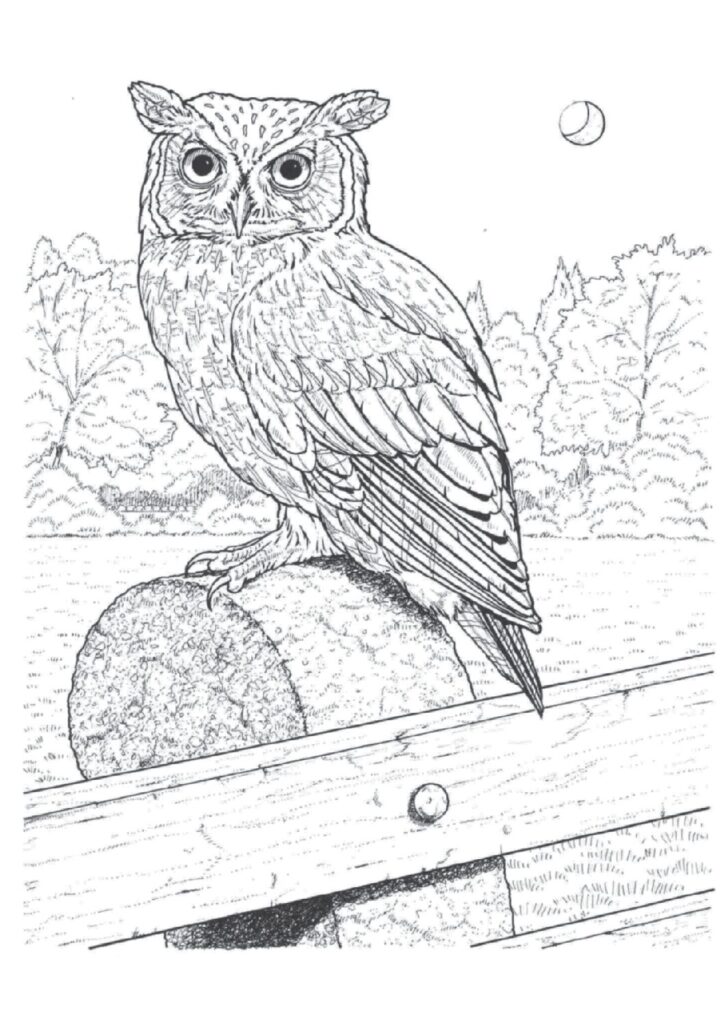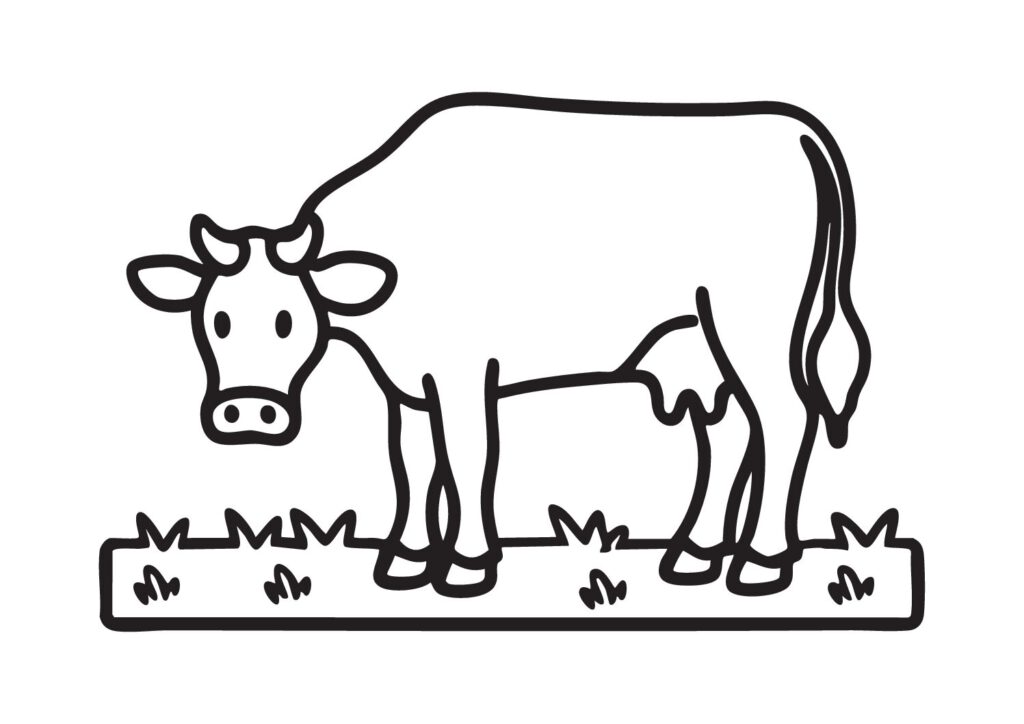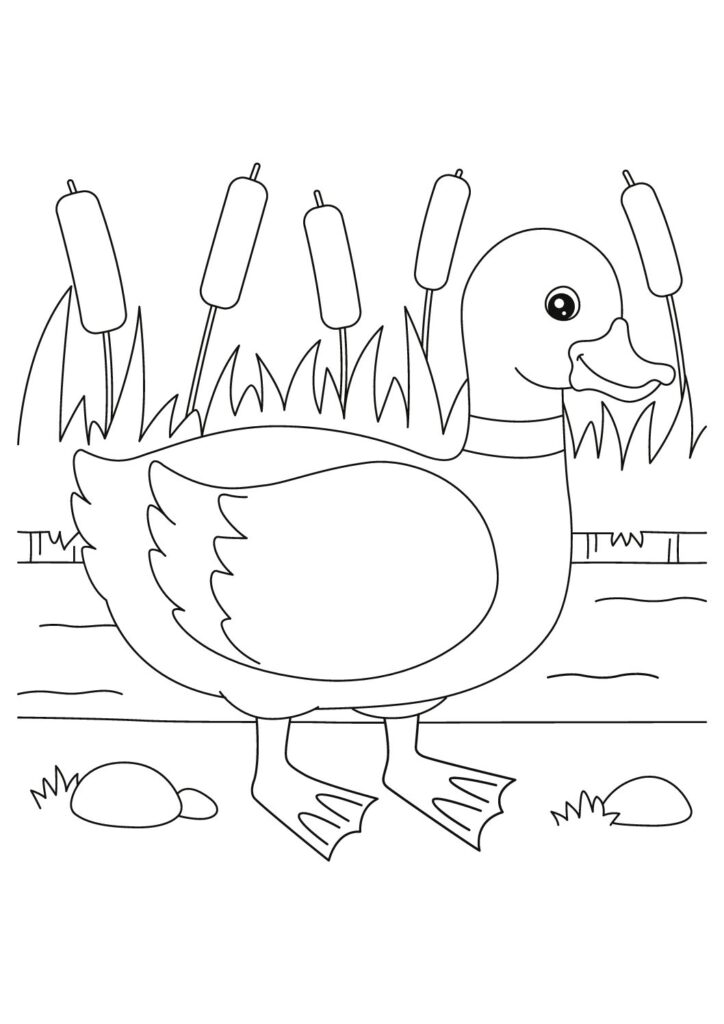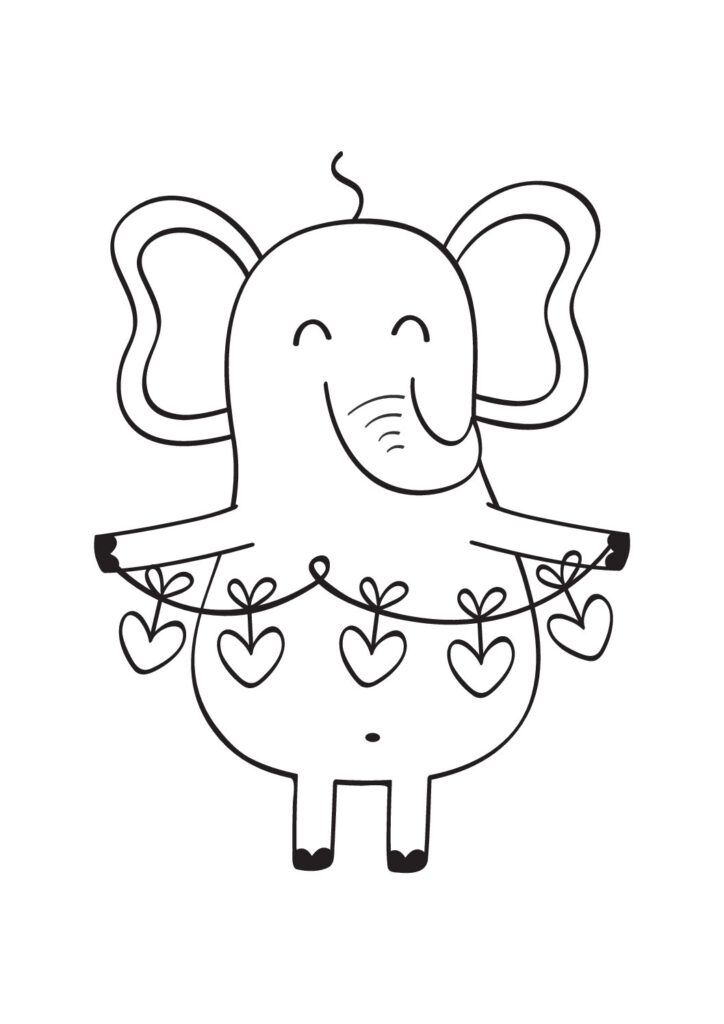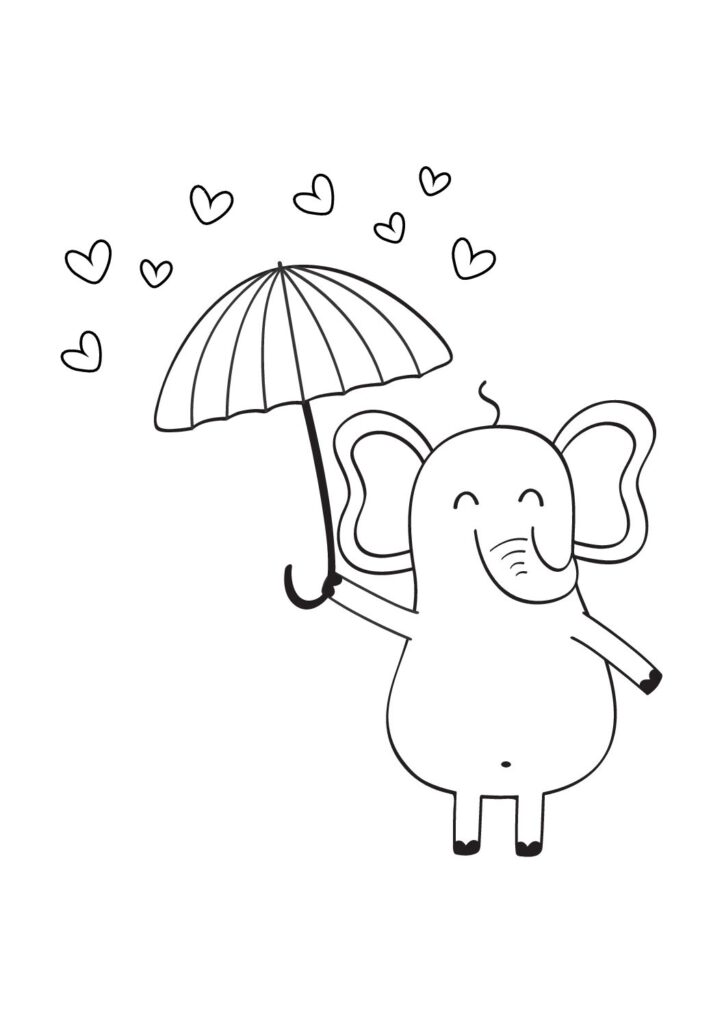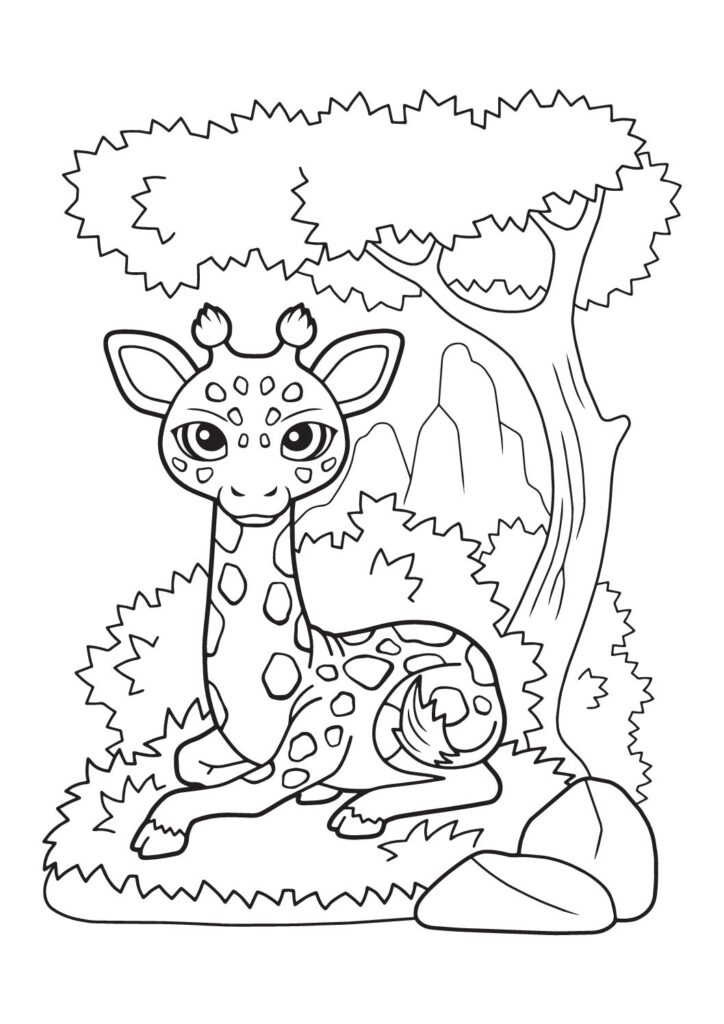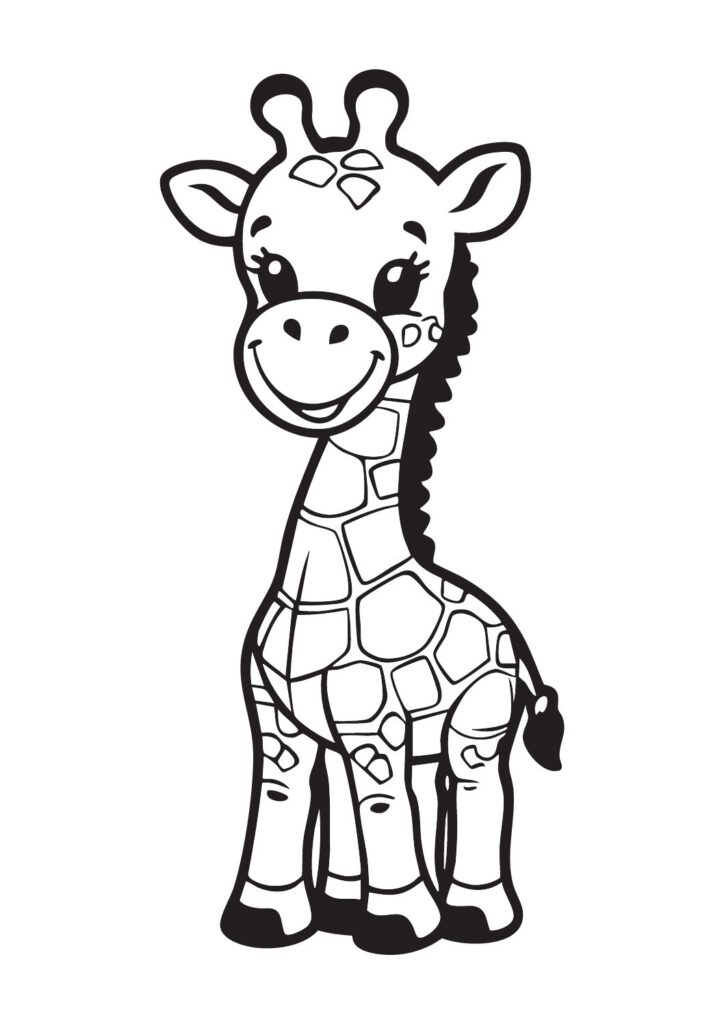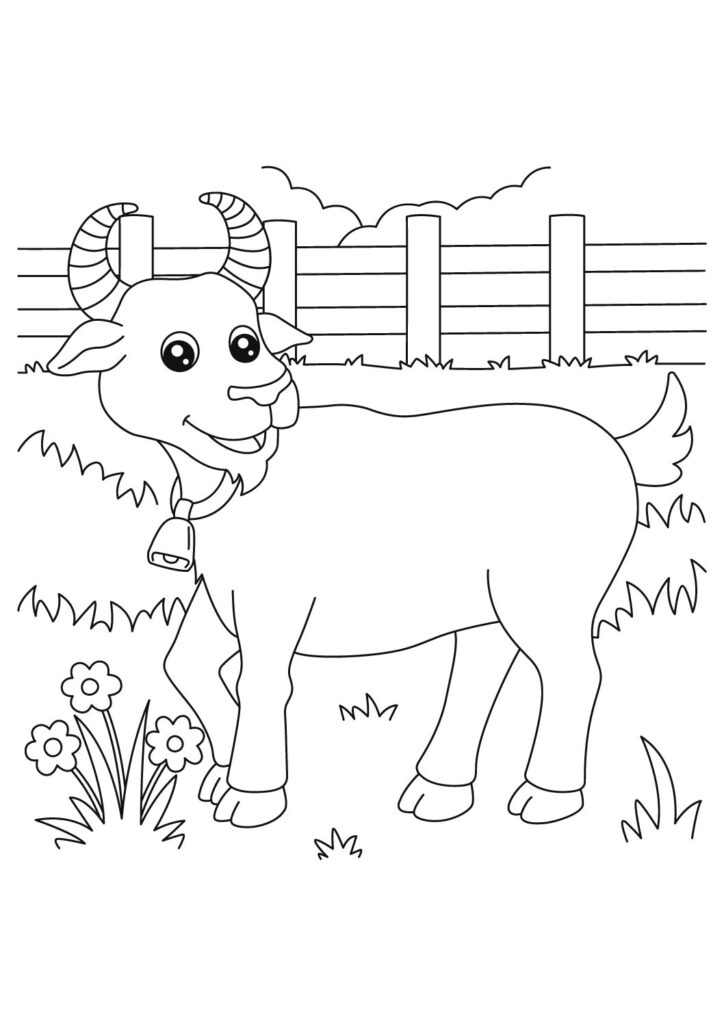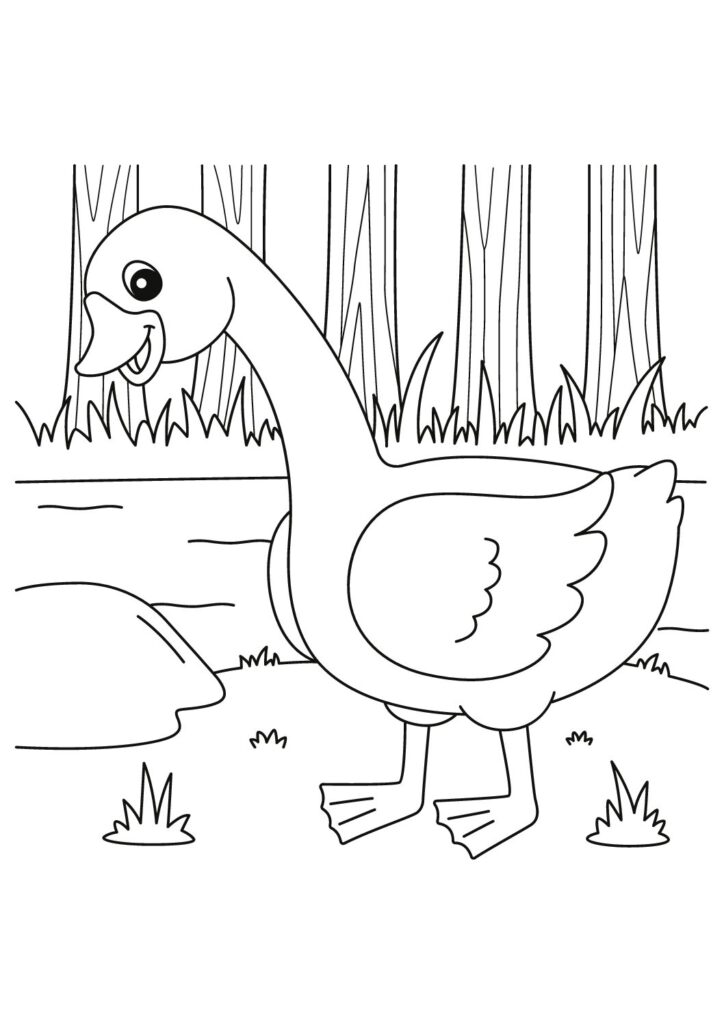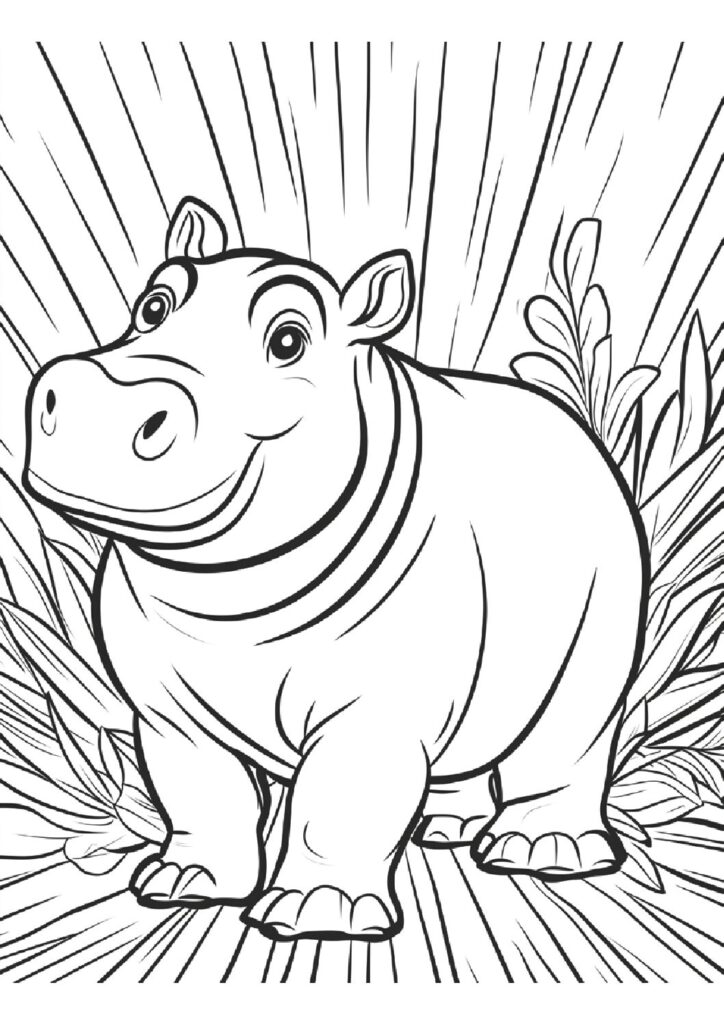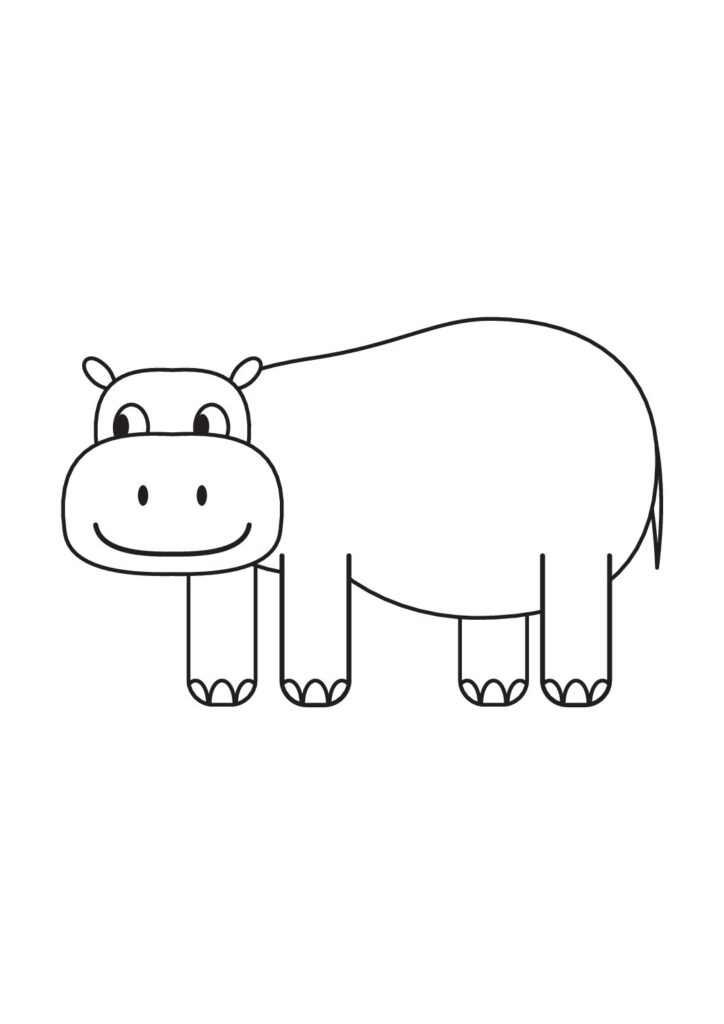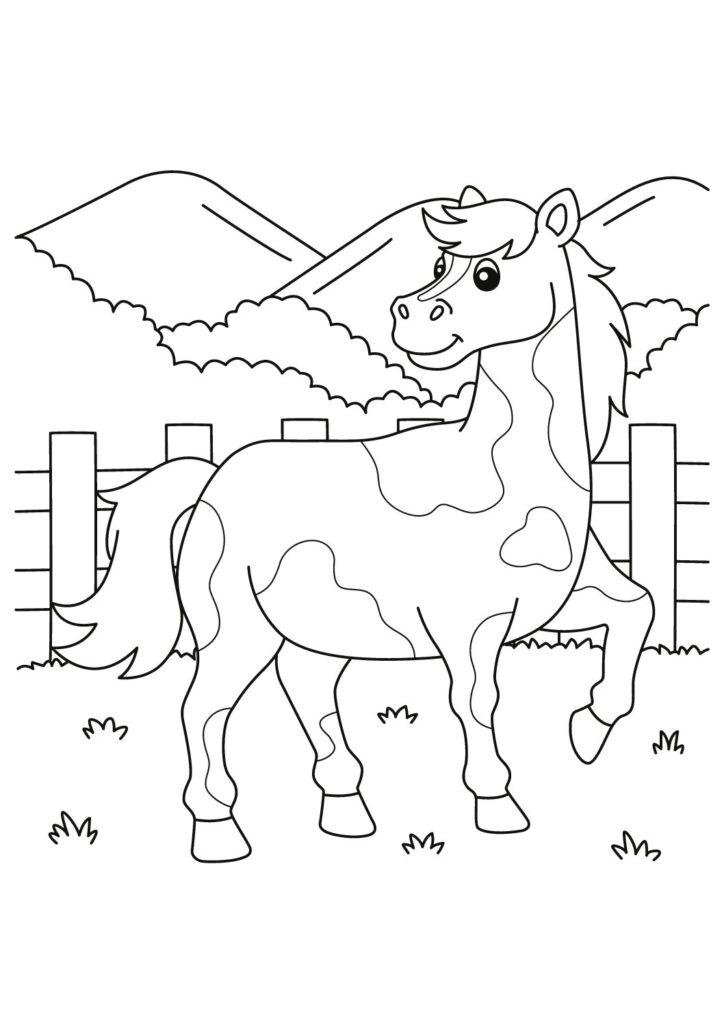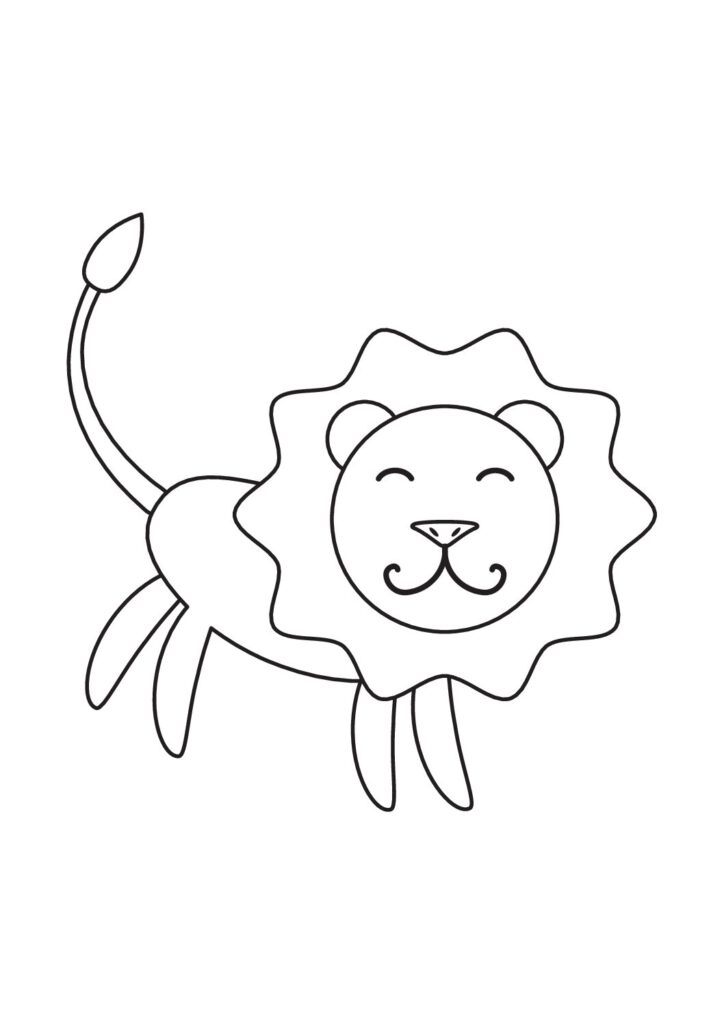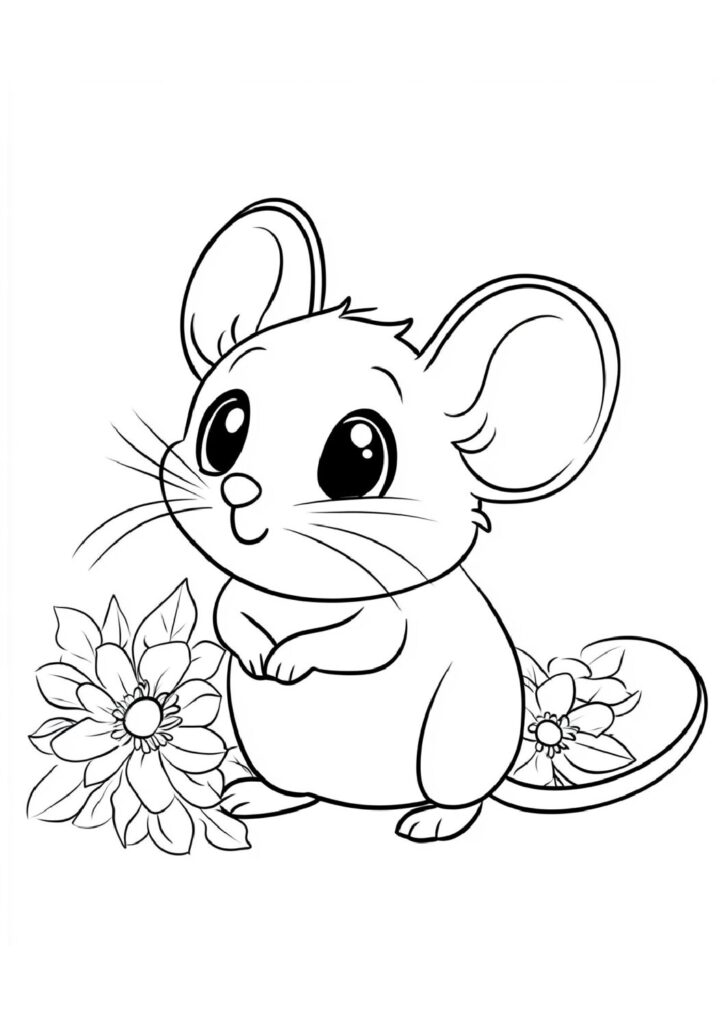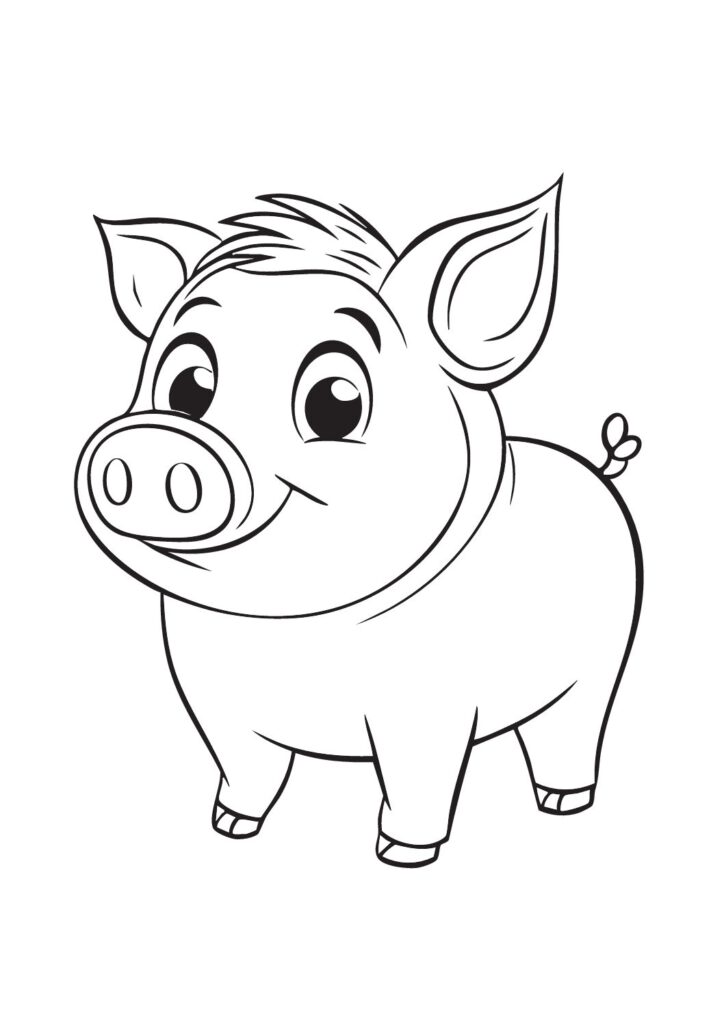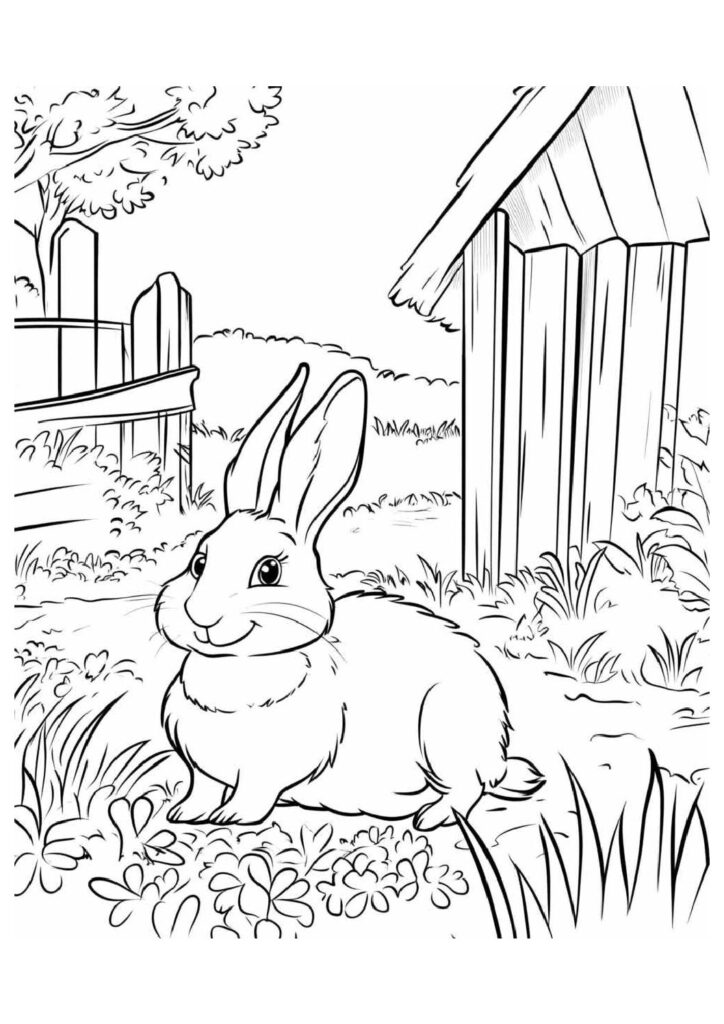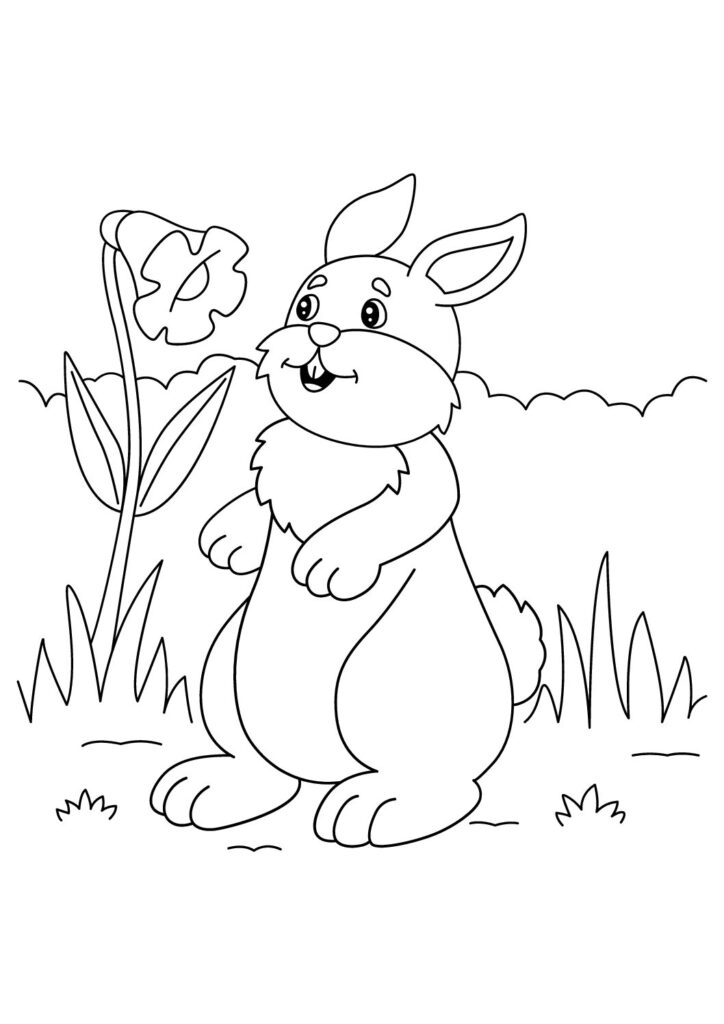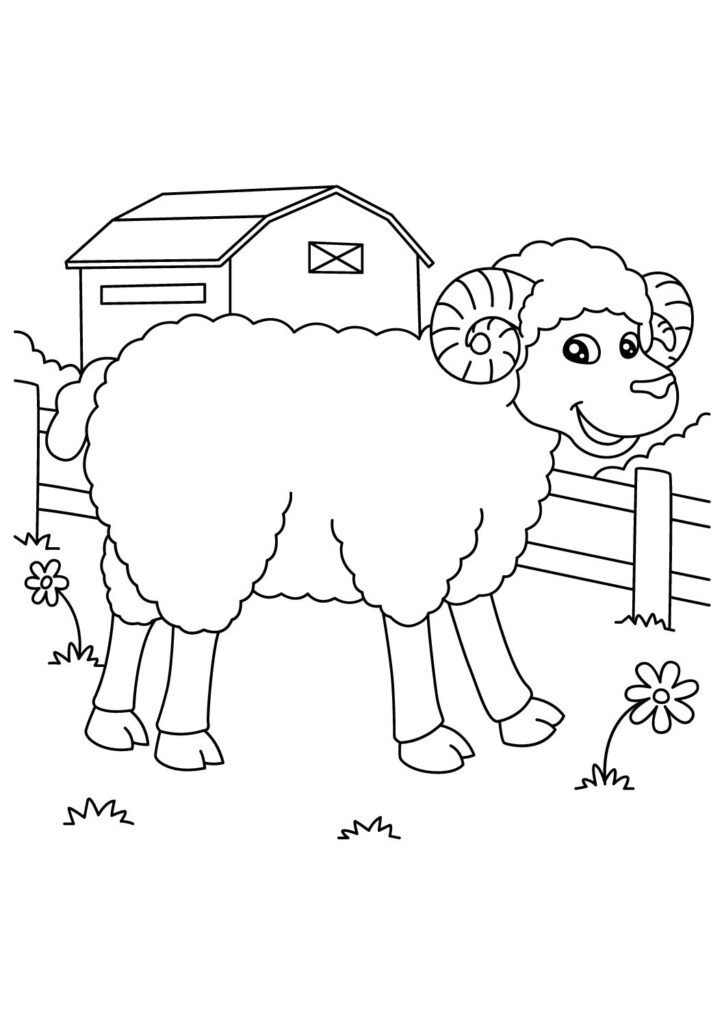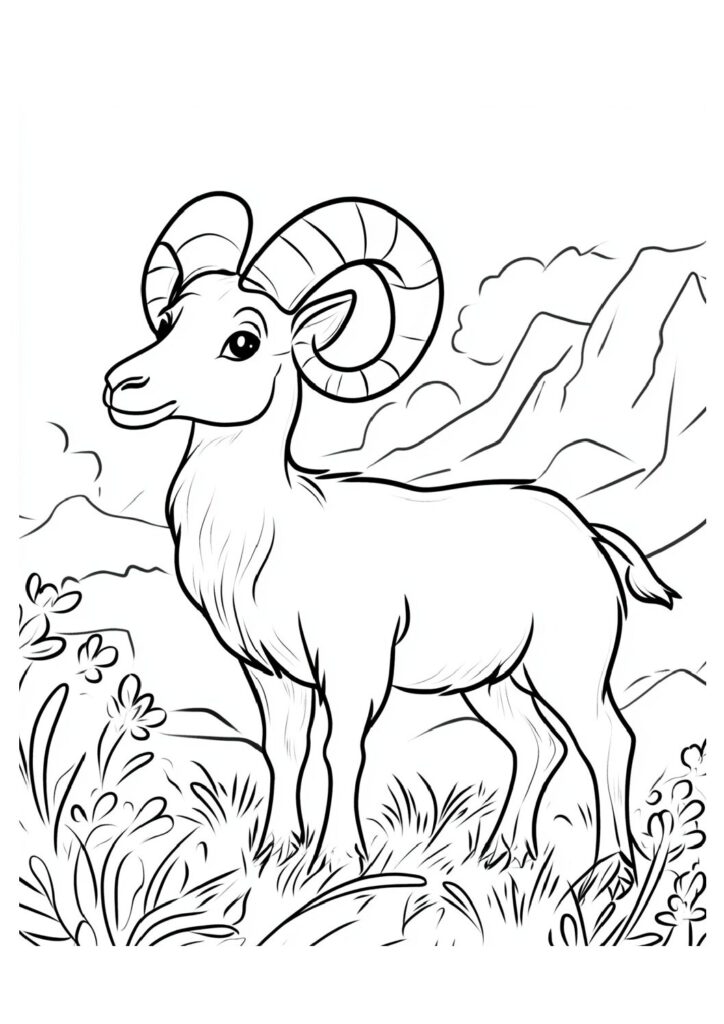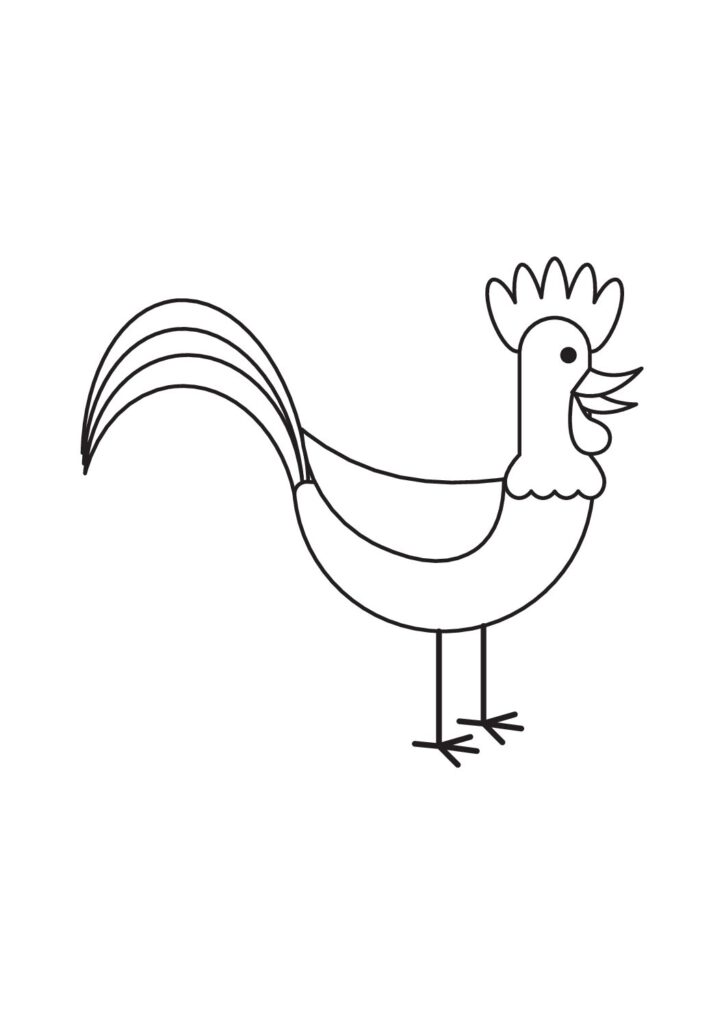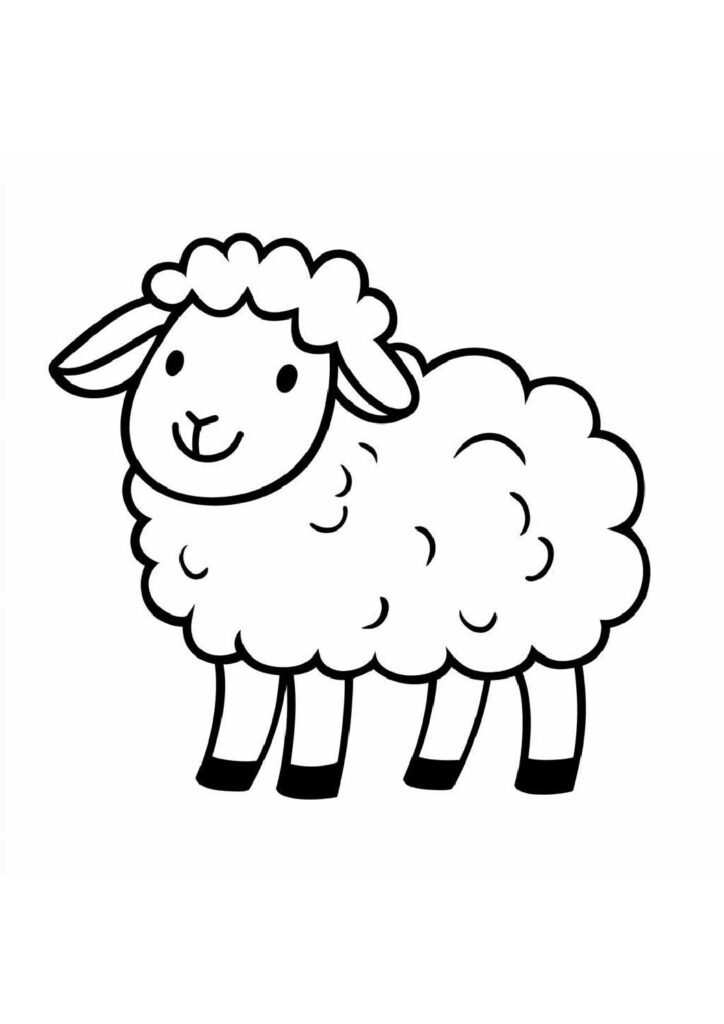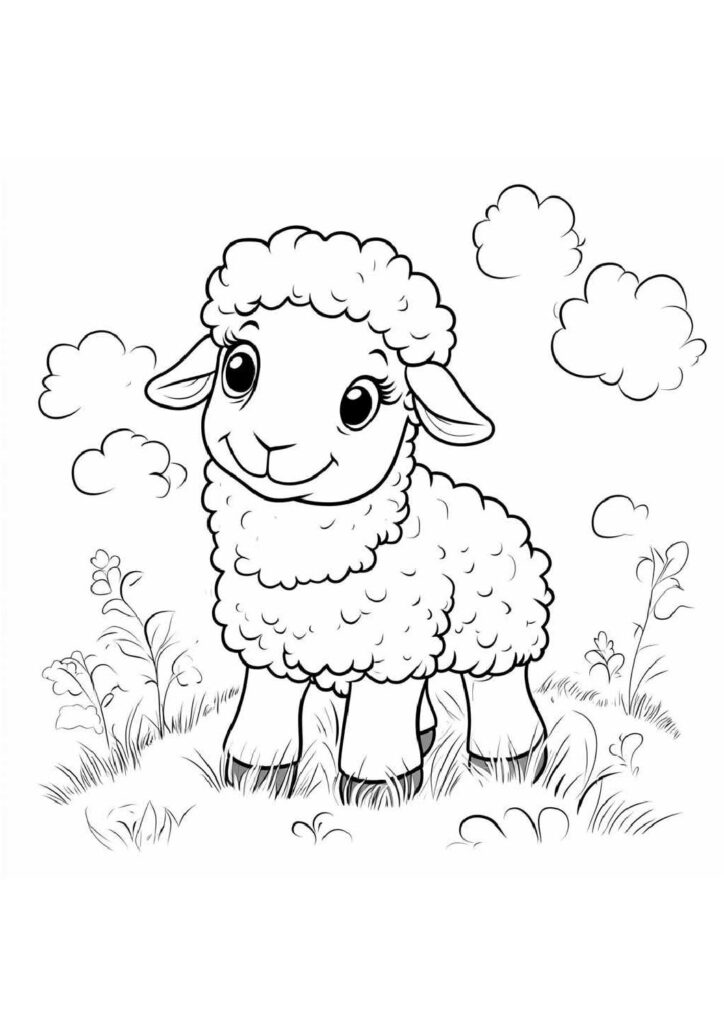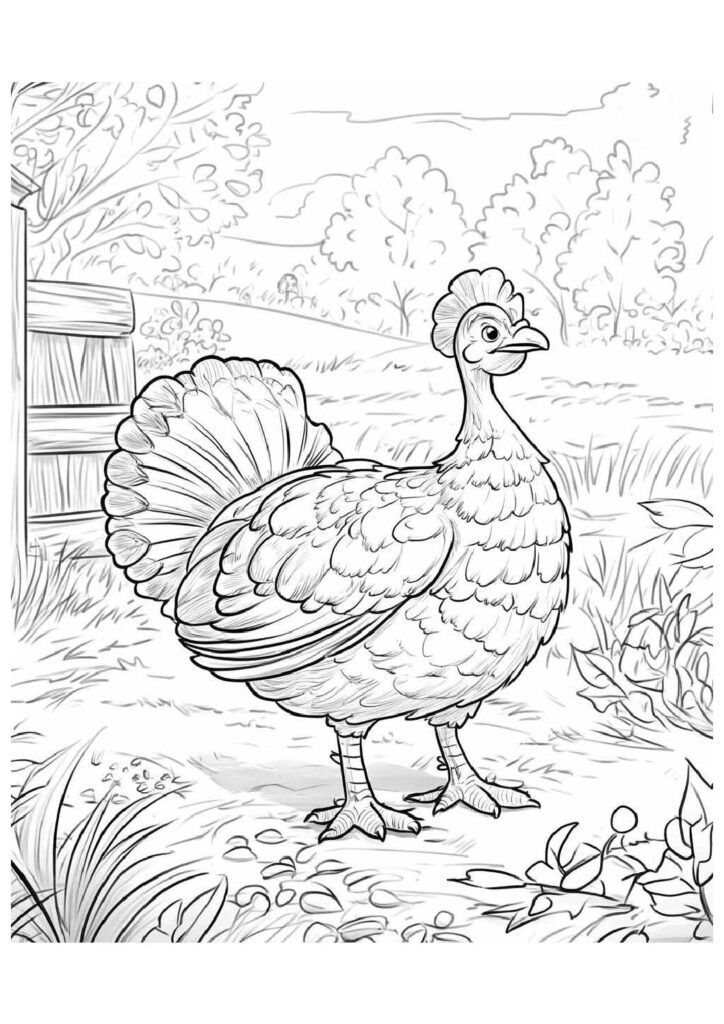2 Free Llama Coloring Pages for Download (Printable PDF)

Strut into our free printable collection of llama coloring pages featuring these dignified and charming animals in their elegant poses! Download these high-quality sheets showcasing these South American camelids with their long necks, woolly coats, and expressive faces displaying their distinctive profile and gentle demeanor. Perfect for kids and animal enthusiasts, these detailed coloring pages capture the regal nature of these remarkable creatures known for their soft wool and calm temperament. Each printable sheet brings these beloved Andean animals to life, highlighting their alert ears, graceful necks, and stylish woolly appearance!
Fascinating Llama Facts: The Complete Guide to South America's Iconic Camelids
Introduction
Llamas (Lama glama) represent one of South America’s most distinctive domesticated animals, having played a pivotal role in Andean civilization for approximately 5,000 years since their domestication from wild guanacos. These remarkable camelids, native to the high-altitude regions of Peru, Bolivia, Ecuador, and Chile, have evolved specialized adaptations for their challenging mountain environment while developing a unique relationship with humans that combines transportation capabilities, fiber production, and companionship.
High-Altitude Adaptations
Llamas possess extraordinary physiological adaptations for their Andean homeland, including specialized oval-shaped red blood cells (unique among mammals) that increase oxygen-carrying efficiency at elevations exceeding 13,000 feet. Their remarkable cardiovascular system features hearts approximately 50% larger relative to body weight than similar-sized lowland mammals, while their blood contains nearly four times the oxygen-binding capacity of human blood, allowing them to thrive in oxygen-depleted environments where many animals struggle.
Digestive Efficiency
Like their camelid relatives, llamas evolved highly efficient three-compartment stomachs that extract maximum nutrition from sparse, high-altitude vegetation. Their specialized digestive system recovers significantly more protein and energy from poor-quality forage than cattle or sheep, while requiring approximately 30% less food and significantly less water, making them exceptionally sustainable livestock for challenging environments where resources are limited.
Intelligence and Personality
Llamas demonstrate remarkable intelligence, capable of learning complex commands, navigating challenging terrain with minimal guidance, and remembering individuals (both llama and human) for years. Their distinct personalities range from aloof independence to affectionate curiosity, with consistent individual behavior patterns that their caretakers quickly recognize. Unlike many livestock species, they maintain strong opinions about their treatment, refusing to be overloaded and sometimes employing their famous “spitting” defense when feeling threatened.
Working Partnership
For millennia, llamas served as the primary transportation system throughout the Andes, carrying loads of 50-75 pounds over rugged mountain terrain while requiring minimal water and forage compared to conventional pack animals. Their soft, padded feet cause significantly less environmental damage than hooved animals, while their remarkable sure-footedness on steep, rocky trails made them essential partners for Andean civilizations, including the Inca Empire which maintained organized llama caravans connecting their vast territory.
Fiber Production
Llama fiber represents a sustainable textile resource with exceptional insulating properties, containing microscopic air pockets that provide superior warmth while remaining lightweight. Their coarse outer guard hairs protect a fine, soft undercoat that can be processed into hypoallergenic yarn lacking the lanolin found in sheep wool, making it suitable for individuals with wool sensitivities. Modern selective breeding programs have significantly improved fiber quality, with premium llama textiles now rivaling alpaca products in softness and versatility.
Cultural Significance
Throughout Andean civilization, llamas maintained profound cultural and religious significance, featuring prominently in ceremonies, artwork, and spiritual practices. The Inca considered white llamas particularly sacred, incorporating them into important religious ceremonies including occasional sacrifices during major festivals. This cultural importance continues today in traditional Andean communities where llamas remain essential components of local economies while featuring prominently in regional celebrations, textile arts, and folklore.

